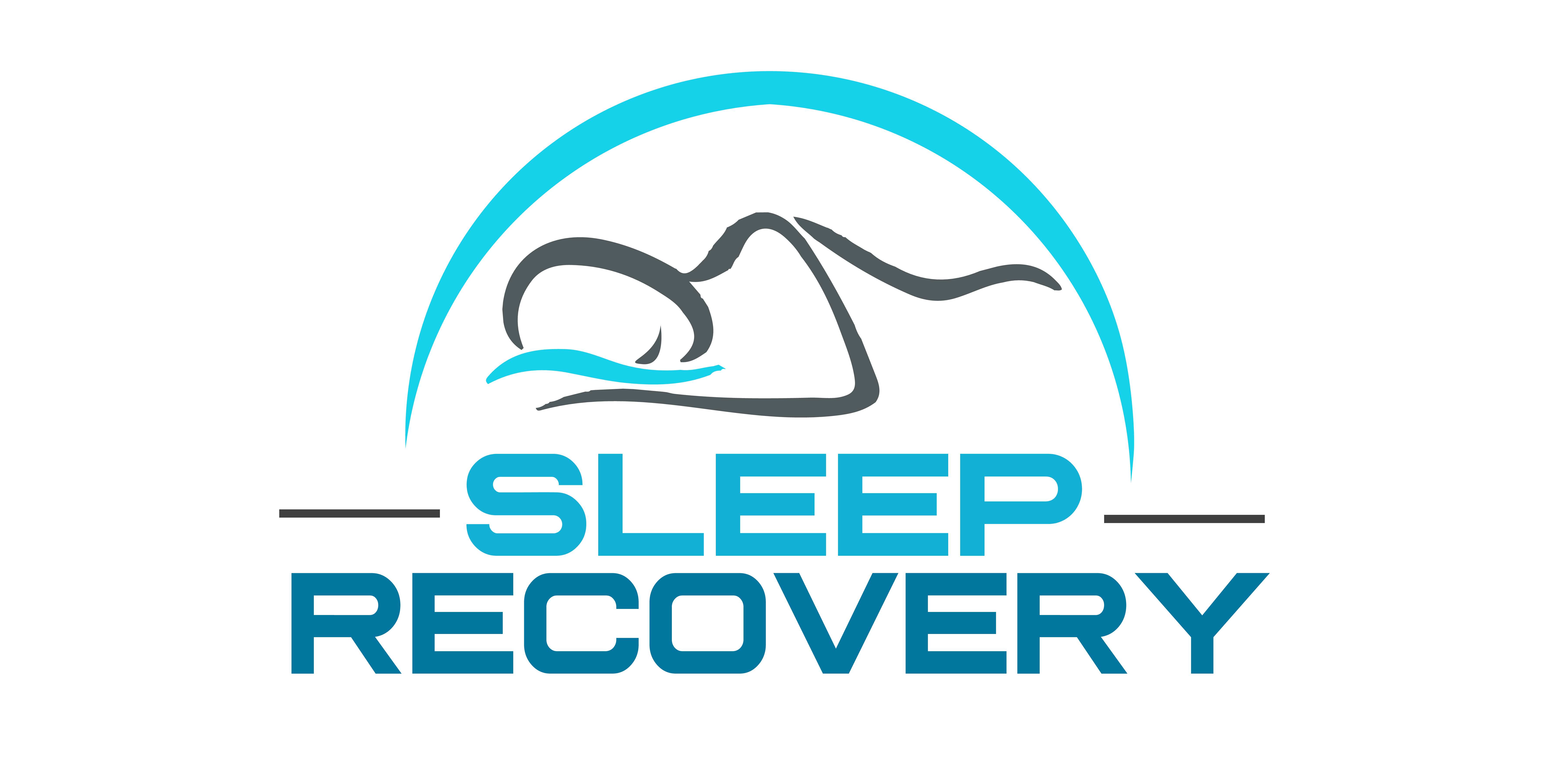What Are Brainwaves? The Engine Behind Thought

Brainwaves are rhythmic patterns of neural activity in the brain. Understanding these patterns helps us unlock our brain’s full potential. This article explores brainwaves, their types, and how amplitude-based neurofeedback can boost creativity. We’ll also examine the Italian soccer team’s use of neurofeedback to win the 2006 World Cup at The Mind Room in Montreal.
Understanding Brainwaves
Brainwaves are produced by synchronized electrical pulses from masses of neurons communicating. They are divided into five types based on frequency: Delta, Theta, Alpha, Beta, and Gamma. Each type serves a unique function in our mental processes.
Delta Waves (0.5 to 4 Hz): Deep sleep, healing, and regeneration.
Theta Waves (4 to 8 Hz): Creativity, intuition, daydreaming, and fantasizing.
Alpha Waves (8 to 12 Hz): Relaxation, visualization, and creativity.
Beta Waves (12 to 30 Hz): Active thinking, problem-solving, and focus.
Gamma Waves (30 to 100 Hz): Higher mental activity, including perception and consciousness.
History of Brainwave Technology
The journey to understanding brainwaves began with Hans Berger, who in 1924 recorded the first human electroencephalogram (EEG). Margarete Ayers and Elmer Green furthered this field in the mid-20th century. Ayers developed clinical EEG techniques, while Green and his wife pioneered biofeedback research, demonstrating that individuals could control physiological processes, including brainwave activity, to improve health and mental performance.
The Monroe Institute and Peak Performance
The Monroe Institute, founded by Robert Monroe, has been at the forefront of brainwave research, particularly in peak performance. Using specific sound patterns known as Hemi-Sync, their research has shown that brainwave entrainment can enhance mental and physical performance, improve learning, and reduce stress. Studies with US military personnel highlight these benefits.
Amplitude-Based Neurofeedback
Amplitude-based neurofeedback is a type of biofeedback that focuses on brainwaves’ amplitude or intensity. By monitoring brainwave activity and providing real-time feedback, individuals can learn to enhance specific brainwave patterns, particularly alpha waves associated with creativity and relaxation.
How It Works
- Measurement: Sensors on the scalp measure brainwave activity.
- Feedback: Real-time feedback is provided through visual or auditory cues.
- Training: Individuals control their brainwave activity to achieve desired states, such as enhanced creativity or relaxation.
The Italian Soccer Team and Neurofeedback
The Italian soccer team used neurofeedback at The Mind Room in Montreal to prepare for the 2006 World Cup. Integrating neurofeedback sessions into their training regimen improved focus, reduced stress, and enhanced mental performance, contributing to their victory.
Alpha Theta Neurofeedback for Alcoholism and Trauma Treatment
Alpha-theta neurofeedback, which focuses on increasing alpha and theta waves, has shown promise in treating alcoholism and trauma. By enhancing these brainwave patterns, individuals can access deeper states of relaxation and emotional processing, which are crucial for recovery and healing.
- Alcoholism Treatment: Reduces cravings and relapse rates by promoting relaxation and reducing anxiety.
- Trauma Research: Treats trauma-related conditions like PTSD by facilitating deep relaxation and emotional processing.
Neurofeedback and Sleep Improvement
Scientific studies show that neurofeedback can improve sleep quality and total sleep time. Individuals can achieve more profound and restorative sleep by training the brain to enhance specific brainwave patterns.
- Improving Sleep Quality: Increases delta wave activity associated with deep, restorative sleep.
- Increasing Total Sleep Time: Extends sleep duration by reducing sleep onset latency and nighttime awakenings.
The Importance of Consistent Sleep
Consistently good sleep is vital for brain function within its brainwave (EEG) neuro networks. Sleep plays a crucial role in:
- Memory Consolidation: The brain consolidates memories and processes information during deep sleep.
- Emotional Regulation: Adequate sleep helps regulate emotions and mood, reducing anxiety and depression.
- Cognitive Functioning: Enhances attention, problem-solving, and creativity.
Harnessing Creativity Through Brainwaves
Enhancing brainwave activity through amplitude-based neurofeedback can significantly boost creativity. Here’s how:
- Alpha Waves and Creativity: Increasing alpha wave activity links to a relaxed and creative mind.
- Meditation and Mindfulness: Naturally increase alpha and theta waves, fostering creativity.
- Neurofeedback Training: Helps individuals enter creative states more easily and frequently.
Frequently Asked Questions (FAQs)
Q1: What are brainwaves?
A1: Brainwaves are rhythmic patterns of neural activity in the brain, categorized into five types based on their frequency: Delta, Theta, Alpha, Beta, and Gamma.
Q2: How are brainwaves measured?
A2: Brainwaves are measured using electroencephalography (EEG), which involves sensors on the scalp detecting electrical activity in the brain.
Q3: What is amplitude-based neurofeedback?
A3: A biofeedback technique focusing on increasing or decreasing the amplitude of specific brainwave frequencies to enhance cognitive abilities.
Q4: How can neurofeedback improve creativity?
A4: Neurofeedback can increase alpha wave activity, is associated with relaxation and creativity, and helps individuals more easily enter creative states.
Q5: What was the role of neurofeedback in the Italian soccer team’s World Cup victory?
A5: The Italian soccer team used neurofeedback at The Mind Room in Montreal to improve focus, reduce stress, and enhance mental performance, contributing to their success in the 2006 World Cup.
Q6: Can anyone use neurofeedback to improve brain function?
A6: Yes, neurofeedback is a non-invasive technique that individuals of all ages can use to improve various aspects of brain function, including focus, relaxation, and creativity.
Q7: Are there any side effects of neurofeedback?
A7: Neurofeedback is generally considered safe with minimal side effects. Some individuals may experience mild discomfort or sleepiness during initial sessions.
Q8: How long does it take to see results from neurofeedback training?
A8: The time to see results from neurofeedback training varies by individual, but many people notice improvements after several sessions.
Conclusion
Understanding and harnessing the power of brainwaves through techniques like amplitude-based neurofeedback can unlock new levels of creativity and cognitive performance. The Italian soccer team’s success story illustrates the potential of this innovative approach. By exploring and training our brainwaves, we can tap into the immense power of our minds and achieve extraordinary outcomes. Additionally, improving sleep through neurofeedback is crucial for optimal brain function, underscoring the importance of consistently good sleep.

